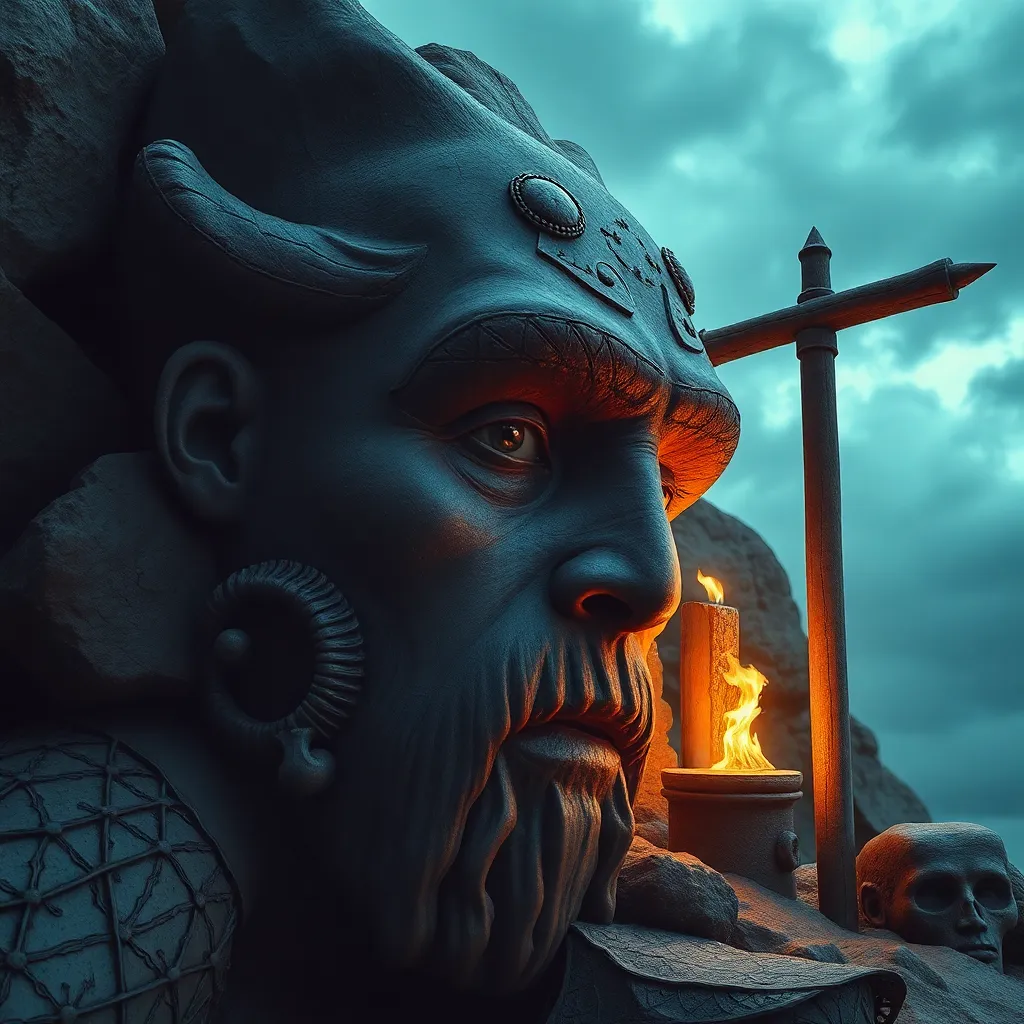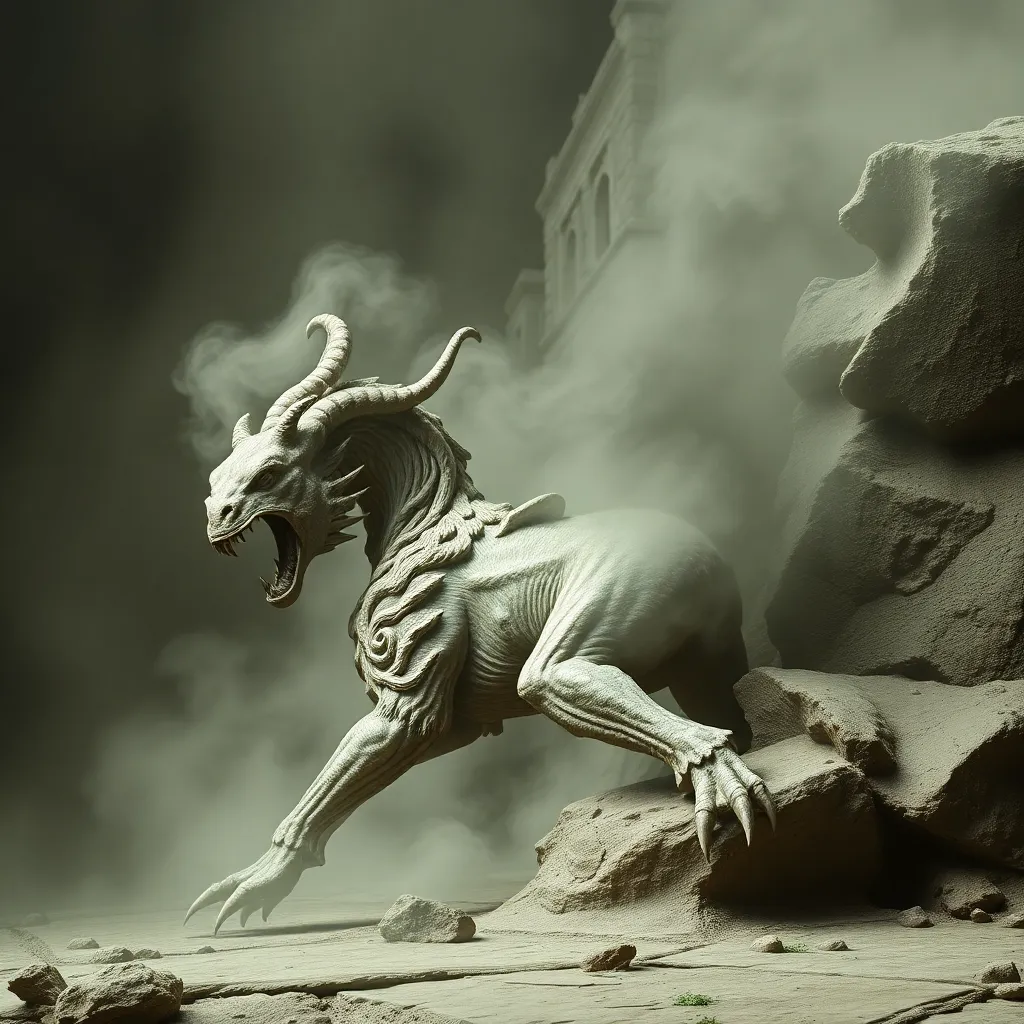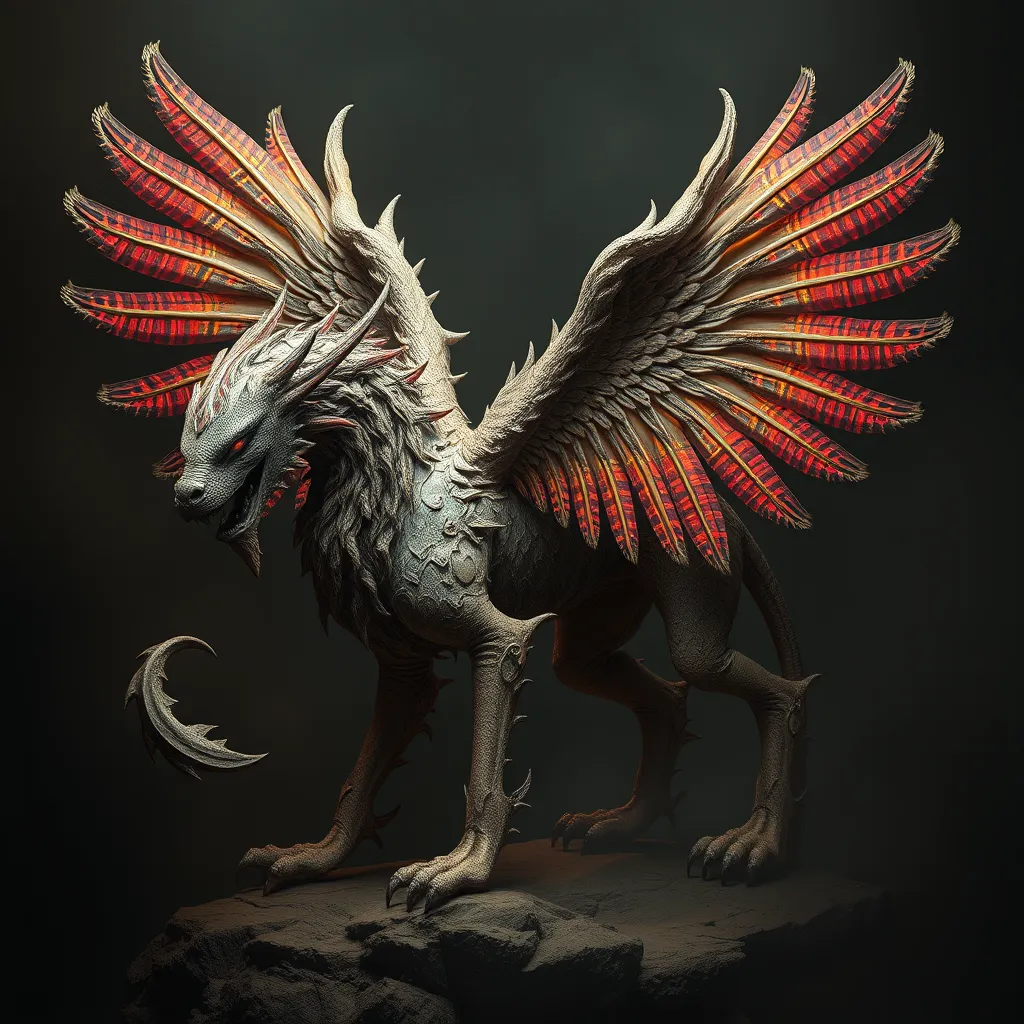The Cyclops and Human Sacrifice: Exploring the Ritualistic Practices of the One-Eyed Giant
I. Introduction
The Cyclops, a mythical one-eyed giant, is a prominent figure in ancient Greek mythology. Known for their brute strength and singular eye, these creatures have fascinated audiences for centuries. This article seeks to explore the Cyclops within the context of human sacrifice, a practice deeply rooted in ancient cultures.
Human sacrifice has been a significant element in various civilizations, often linked to appeasing deities or ensuring good fortune. By examining the connections between the Cyclops and ritualistic practices of human sacrifice, we can gain insights into the psychological and cultural significance of these myths.
II. The Origins of the Cyclops Myth
The myth of the Cyclops finds its origins in a rich historical and cultural context. These creatures are believed to have emerged from the ancient oral traditions of the Greeks, where tales of giants and monstrous beings were common.
Early literary references to the Cyclops can be found in works by Hesiod and Homer. In Hesiod’s “Theogony,” the Cyclopes are depicted as skilled craftsmen, while in Homer’s “Odyssey,” the most famous Cyclops, Polyphemus, is portrayed as a savage and cannibalistic monster.
Symbolically, the Cyclops represents not only the fear of the unknown but also the raw, untamed forces of nature. Their one eye can be interpreted as a metaphor for singular focus and a lack of perspective, highlighting their primitive instincts and brute force.
III. The Cyclops in Popular Culture
Throughout history, the representation of the Cyclops has evolved significantly. In literature and art, these giants have been depicted in various ways, from fearsome adversaries to misunderstood beings.
- Literature: The Cyclops has appeared in countless retellings, including works by Shakespeare and modern fantasy novels.
- Art: Visual representations of the Cyclops range from ancient pottery to contemporary films, often emphasizing their monstrous traits.
The Cyclops myth has continued to evolve, influencing modern storytelling in various genres. From horror films to animated features, the Cyclops remains a compelling figure, embodying themes of isolation and fear.
IV. Human Sacrifice in Ancient Rituals
Human sacrifice, while gruesome, was a cultural practice in many ancient societies. It was often performed as a means of appeasing gods or ensuring a bountiful harvest.
The role of deities and monsters in these sacrificial rites was significant, as sacrifices were believed to invoke divine favor. Various ancient civilizations practiced human sacrifice, including:
- The Aztecs: Known for their large-scale sacrifices to appease their gods, often involving elaborate rituals.
- The Carthaginians: Believed to have sacrificed children to their god Baal.
- The Ancient Greeks: Although less common, certain rites involved human sacrifice, particularly in times of crisis.
These practices highlight the complex relationship between humanity, divinity, and the need for ritualistic appeasement.
V. The Cyclops and Human Sacrifice: A Mythological Connection
The Cyclops serves as a figure of fear and power, embodying the darker aspects of human nature. Their portrayal as cannibals, particularly in the myth of Polyphemus, connects them to the theme of human sacrifice.
Specific instances of human sacrifice associated with Cyclopean myths often illustrate the consequences of hubris and the need to appease powerful beings. The Cyclops can be seen as a representation of primal instincts, where the survival of the fittest prevails, leading to the consumption of weaker beings.
Moreover, the Cyclops symbolizes humanity’s darker impulses—greed, aggression, and the desire for dominance—making them a fitting figure in the exploration of ritual sacrifice.
VI. Thematic Interpretations of the Cyclops and Sacrifice
The symbolism of the one-eyed giant is deeply intertwined with themes of sacrifice. The Cyclops represents isolation, as they are often depicted living in remote areas, cut off from society. This isolation can symbolize the alienation felt by those who are marginalized or deemed monstrous.
Exploring themes such as monstrosity and divinity, the Cyclops can be viewed as a bridge between the human and the divine, embodying the fear of the unknown. The psychological implications of the Cyclops as a sacrificial figure reveal humanity’s struggle with its inner demons and the moral dilemmas surrounding sacrifice.
VII. The Legacy of the Cyclops and Ritual Sacrifice
The myth of the Cyclops has left a lasting impact on contemporary views of sacrifice. In modern society, the themes of violence and the moral implications of sacrifice continue to resonate. As we reflect on these ancient practices, we can draw parallels to current societal issues.
The relevance of these ancient rituals in today’s society raises questions about our understanding of morality and the human condition. The Cyclops myth serves as a cautionary tale about the consequences of unchecked power and the darker aspects of human nature.
Through the lens of the Cyclops, we can learn valuable lessons about empathy, the necessity for community, and the dangers of isolation.
VIII. Conclusion
In summary, this exploration of the Cyclops and human sacrifice reveals a complex interplay between myth and ritual. The enduring fascination with the Cyclops highlights humanity’s struggle with fear, power, and morality.
As we delve deeper into these mythological themes, we are encouraged to reflect on their implications in modern contexts. The Cyclops and the practice of human sacrifice serve as reminders of the darker aspects of our nature and the continuous need for understanding and compassion.



